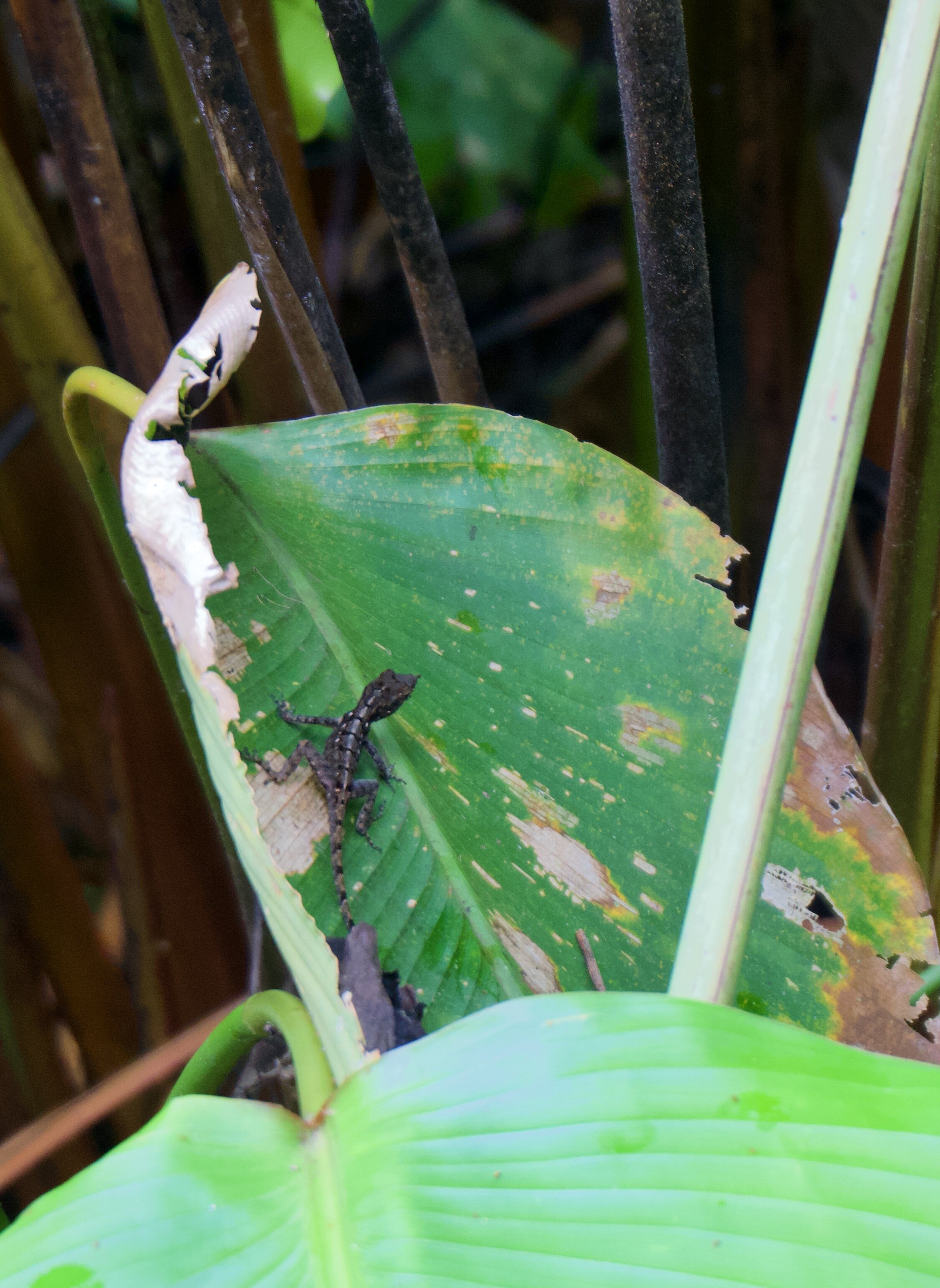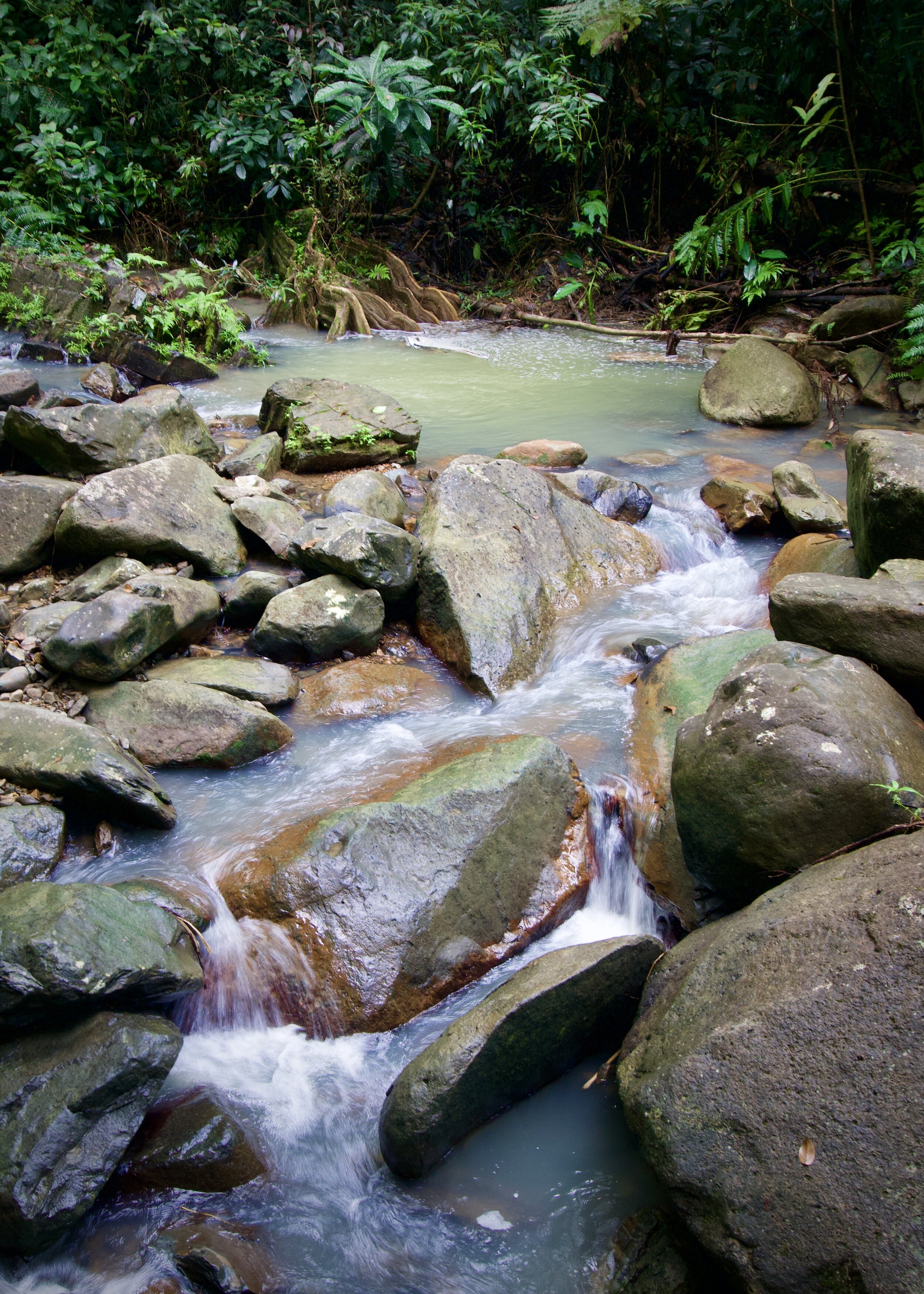A Do Good, Non-Tourist Travel Guide to Puerto Rico
So you’re thinking about visiting my Motherland, huh?
Let me be honest up front: The notion of tourists flocking to Puerto Rico doesn’t — and has never sat well with me, as I know first hand the effects of irresponsible travelers on a fragile colonial infrastructure.
“No, Americans don’t need a U.S. passport. Yes, we’re American citizens. No, we can’t vote in national elections.”
I was born and partially raised on the island, spending summer and winter vacations visiting family on the not-so-glitzy western countryside. Memories of taking a shower with a water bottle or hose because plumbing failed live side by side with beach road trips along the coast. We were rarely lucky to have the time, money or luxury to indulge in our motherland’s natural wonders that fill American guide books. Instead of hiking through El Yunque, America’s only rainforest, we spent most days bedside visiting ailing family members. As a kid, and especially as I grew older, my resentment and inability to understand why we were spending our only time off stuck with family and not swimming in the ocean like everyone else eventually led to my decision never to return to Puerto Rico. If I couldn’t be a tourist in my own land, then what was the point?
Who gets to live in paradise?
Now, as a thirty-something, I look back in search of moments of respite on the island. The weekend chinchorreo routes (street food crawls) with my parents, sister, cousins, aunt and uncle. All of us packed in one car for the afternoon hopping from one fried food stand to the next. The 7am wake up calls from dad telling us the sun was out, the rain stopped, and it was time to head to the beach. The two-hour drive from Aguadilla to Ponce where we’d feed the giant silver-blue fish at the piers. The mornings spent chasing guinea hen and iguanas around my great grandmother’s farm in Isabella.
But when Hurricane Irma and Maria hit in September 2017, and the subsequent news about damages, and the debates about the level of recovery efforts rolled out, the bad memories flooded back front and center. Aside from worrying about my family’s safety, my worries heightened around the debilitation of conditions I remember were already terrible as a kid: tiny, winding unpaved roads absent of wayfinding signage where drivers sped around corners, the endless amount of abandoned dogs that claimed “Dead Dog Beach” home, the weekly power and water outage at my grandparent’s finca, the ill-equipped hospitals that ultimately took numerous family members’ lives. The lack of urgency and priority to fix these problems by local and national government officials that I often overheard my parents complaining about. These are pieces of my childhood that I can’t erase. So to witness Americans newly learn of these potentially irreversible issues for the first time was simultaneously an “I told you so” moment and repeated question of “when will someone care?” (shout out to Chef Jose Andres’ World Central Kitchen).
In the few years since the Hurricane coverage, travel publications have been quick to give Puerto Rico their top billing for a “must visit” destination. I’ve been closely following the reports that claim “Puerto Rico Is Open For Business” wherein white journalists fail to investigate outside of San Juan for proof. In between Instagram photos of ocean-front piña coladas and Facebook recommendation requests posted by friends and strangers on my feed, I’d pry for recovery effort donation receipts from them. I was not convinced that only a few years years later, Puerto Rico could handle incoming tourists, especially when those tourists couldn’t confirm our American citizenship or colonial history, and especially when death count is still up for debate.
But if I couldn’t stop tourism from re-arriving at my motherland, then at least I’d try to contribute to it responsibly. I turned to the most trusted sources I knew: my family. I wanted to write a travel guide that would provide a roadmap for local, eco-friendly and do-good activities while on vacation. It would answer to post-hurricane guilt-free visits for conscious travelers who had good intentions but were unsure of where to go. It would put the spotlight on underserved people, organizations and locales resilient enough to ensure the island could get back on its feet — and thrive long-term.
The result: a travelogue for Thrillist.com inviting tourists to experience the best of Puerto Rico made possible by those leading recovery efforts through food, culture and nature. I hope this guide empowers you to make connections with my Motherland in ways that I was never able to.
If you take up my recommendations, report back.
Additional Resources
The Sato Project dog rescue organization
Coalition for the Northeast Ecological Corridor fighting to preserve El Yunque’s natural habitats
Para La Naturalez reforestation and preservation of the island’s greenery
#ChefsforPuertoRico World Central Kitchen volunteer programs
Foundation for Puerto Rico community resilience planning
The Dining Traveler Guide to Puerto Rico coffee table book showcasing local family-owned businesses
Local Guest Puerto Rican women-run sustainable tourism group
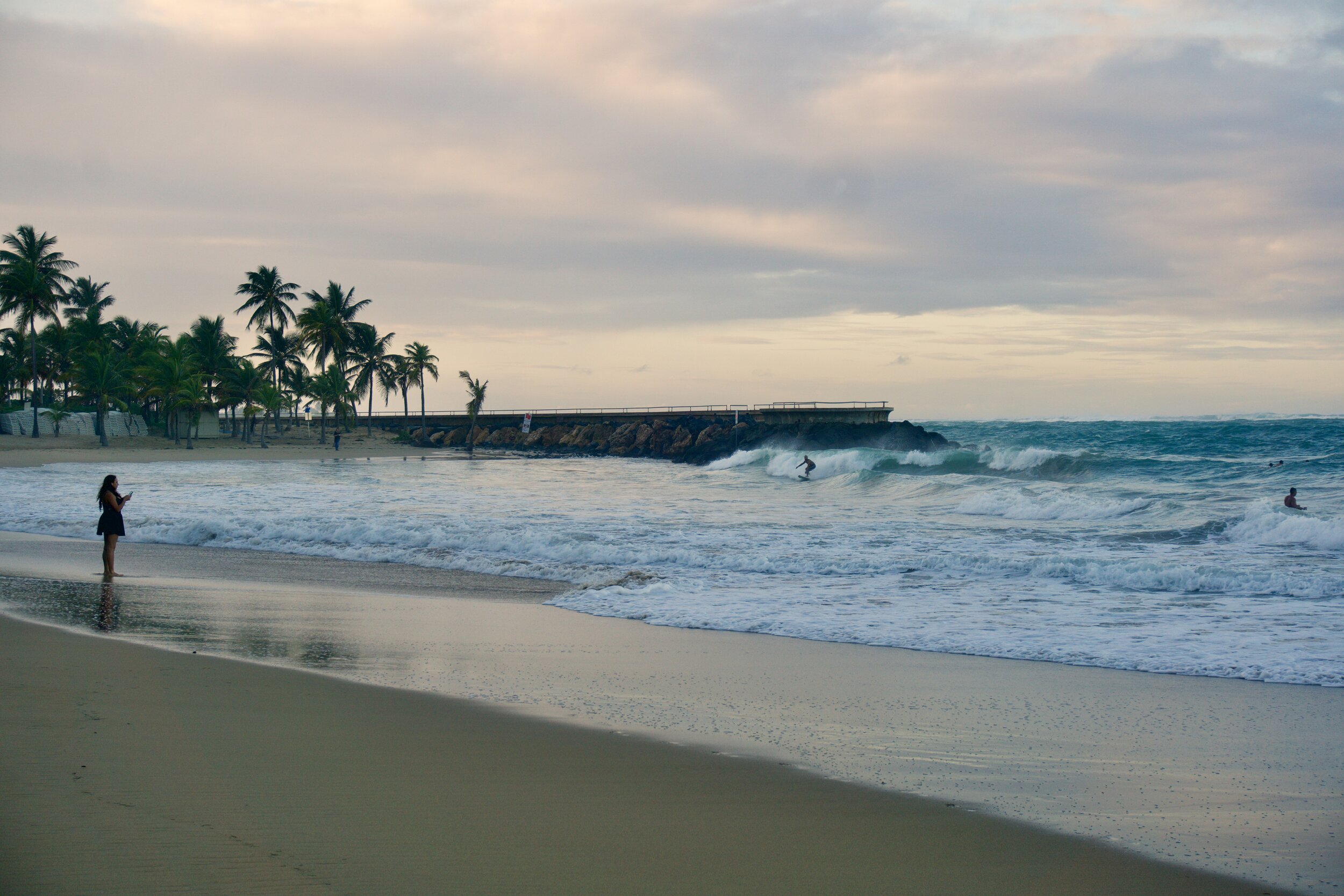
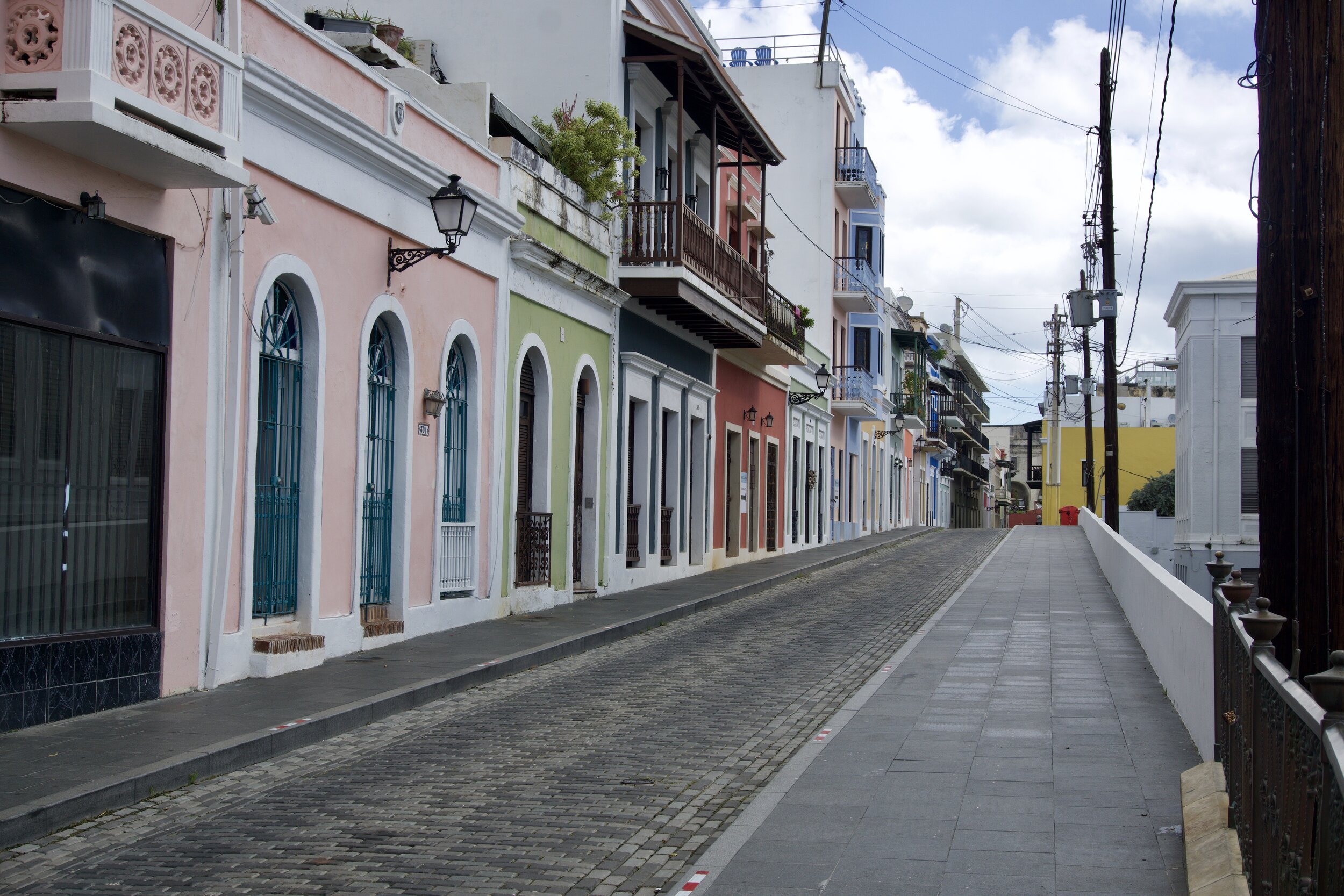
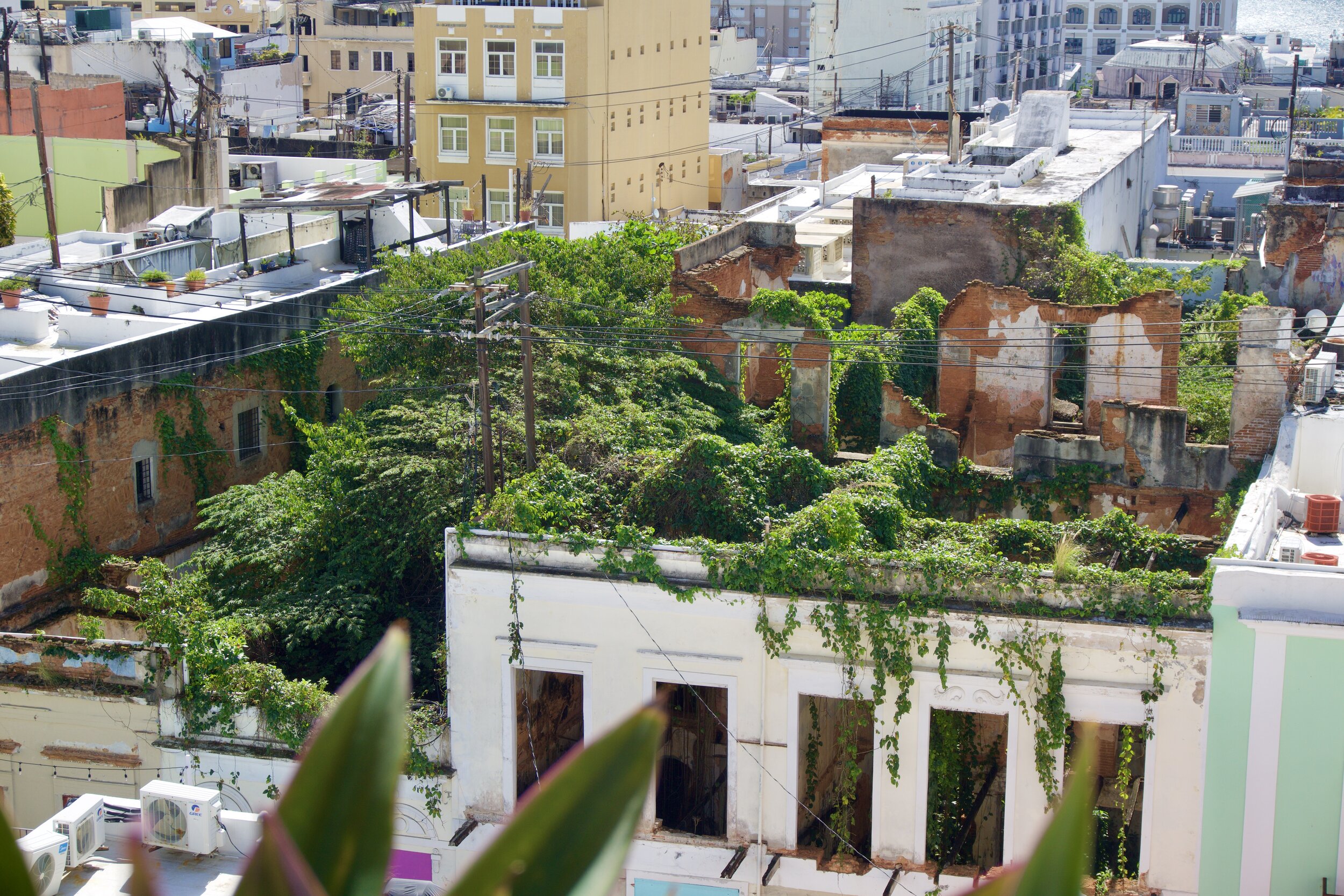
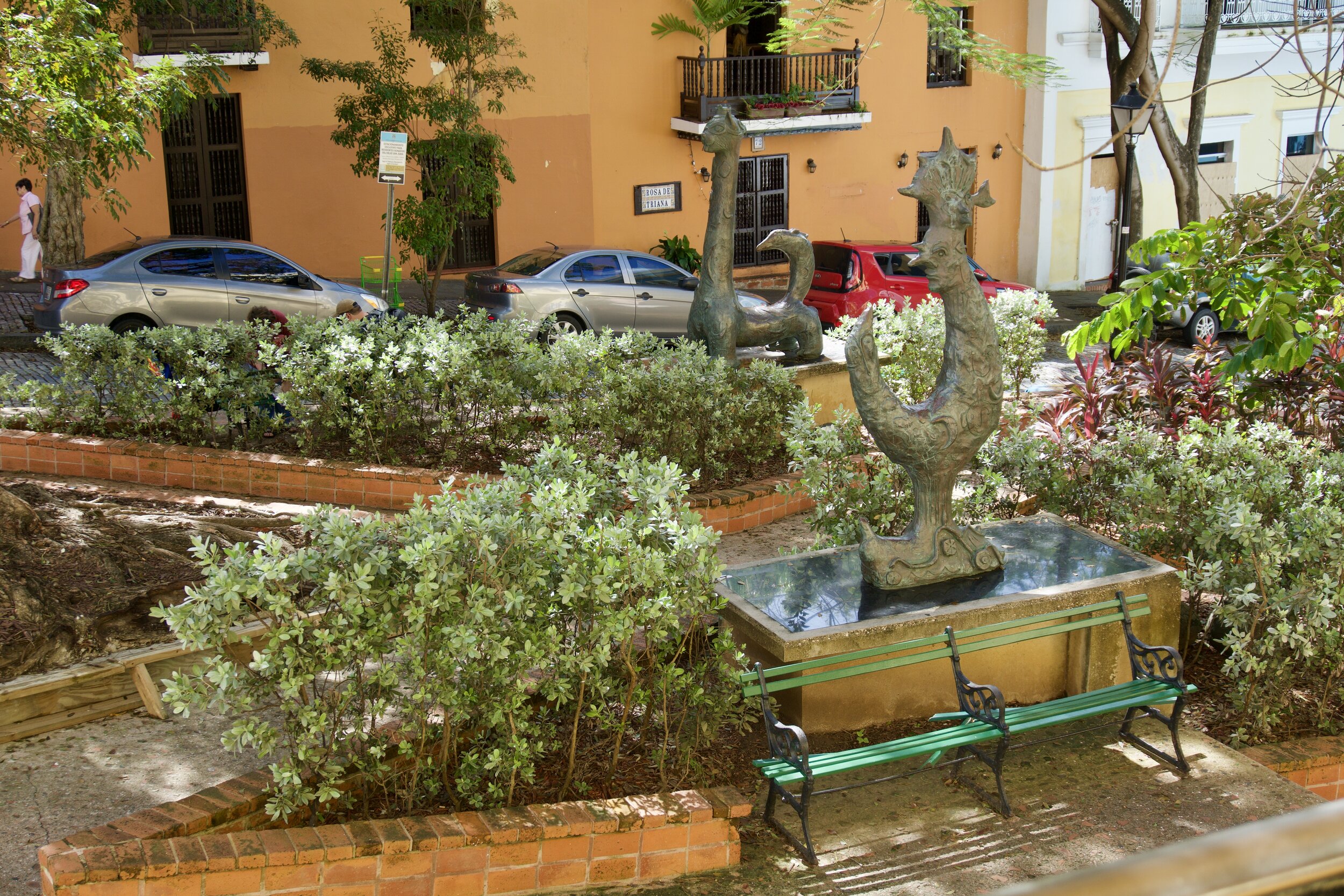
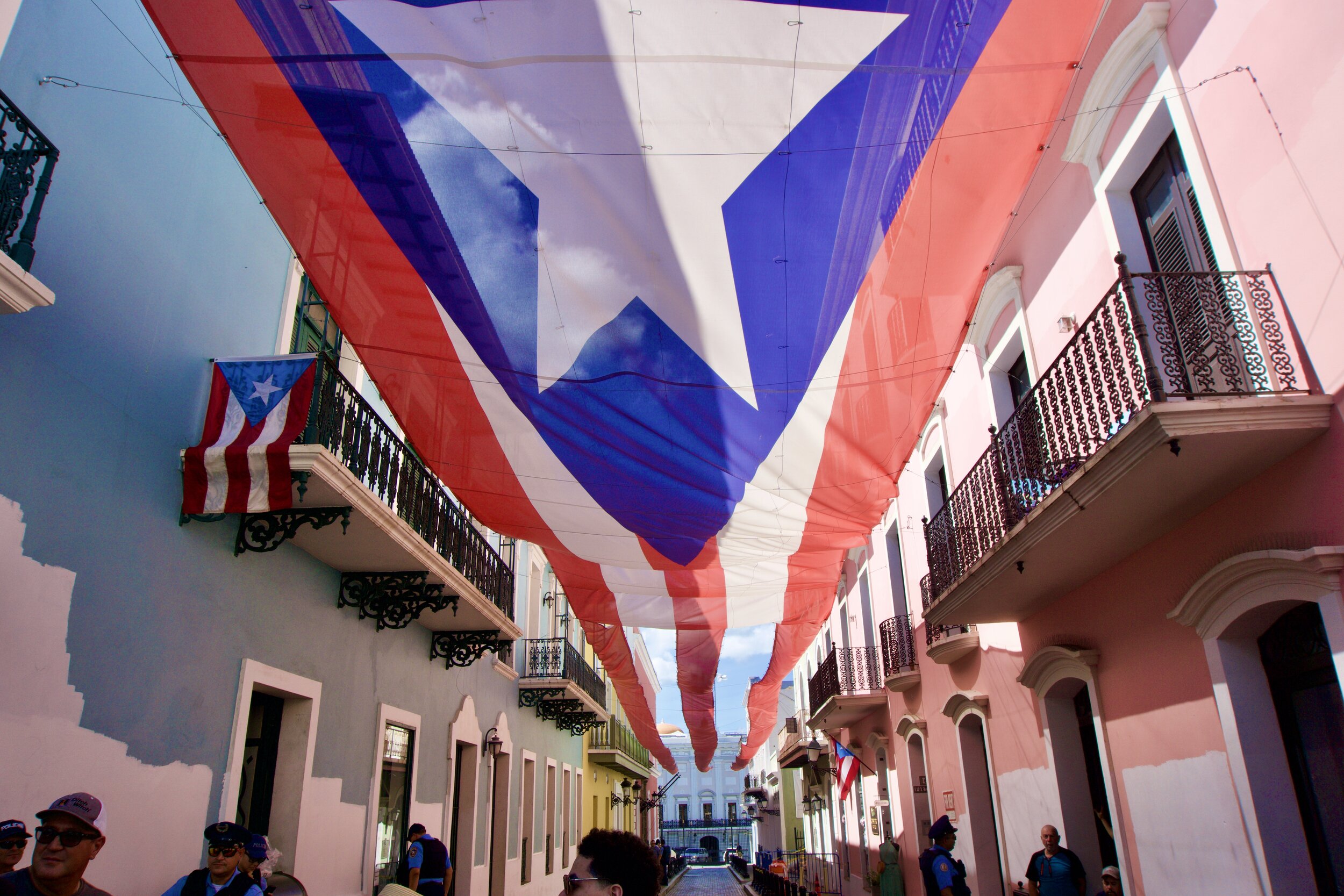

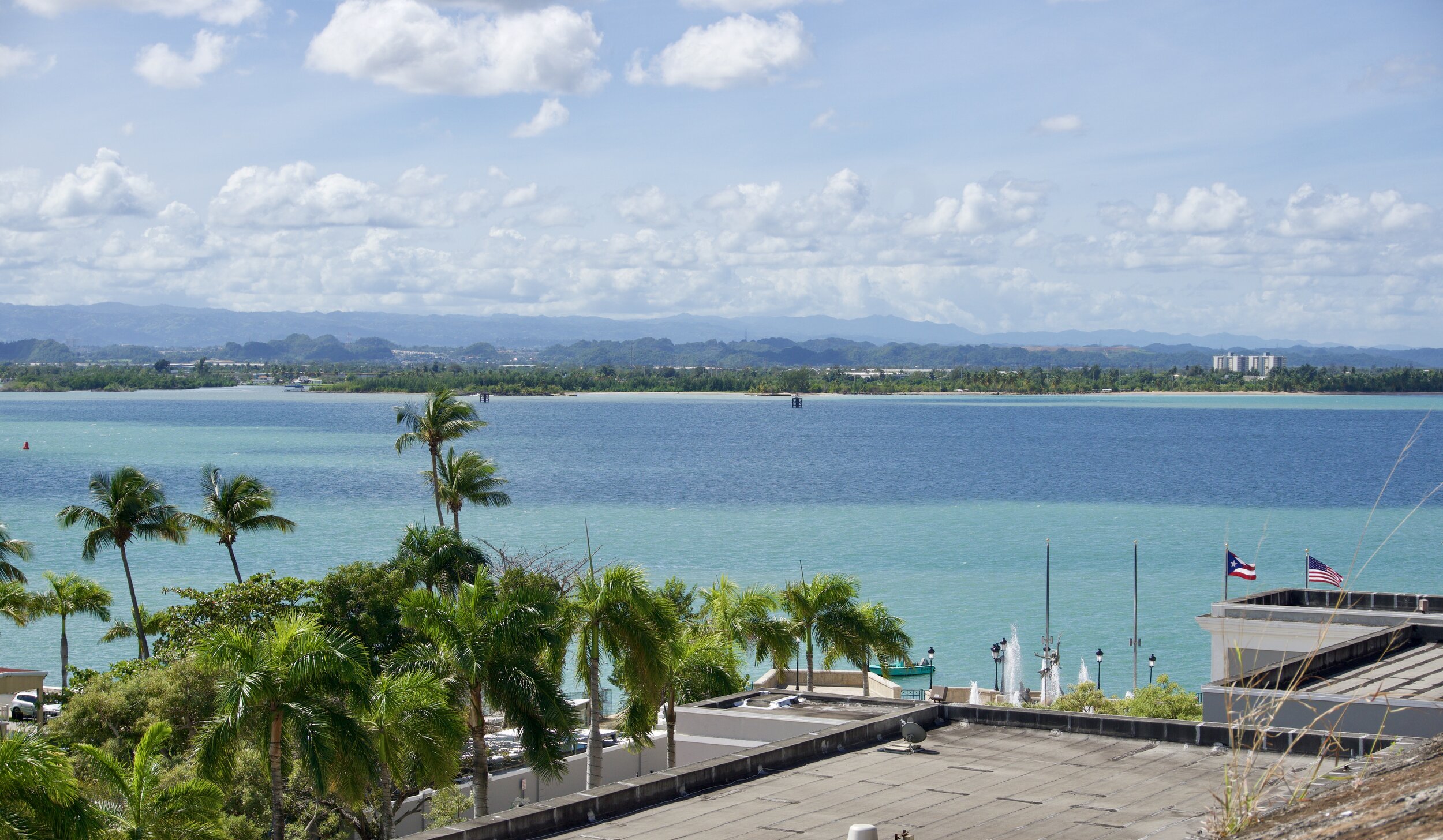
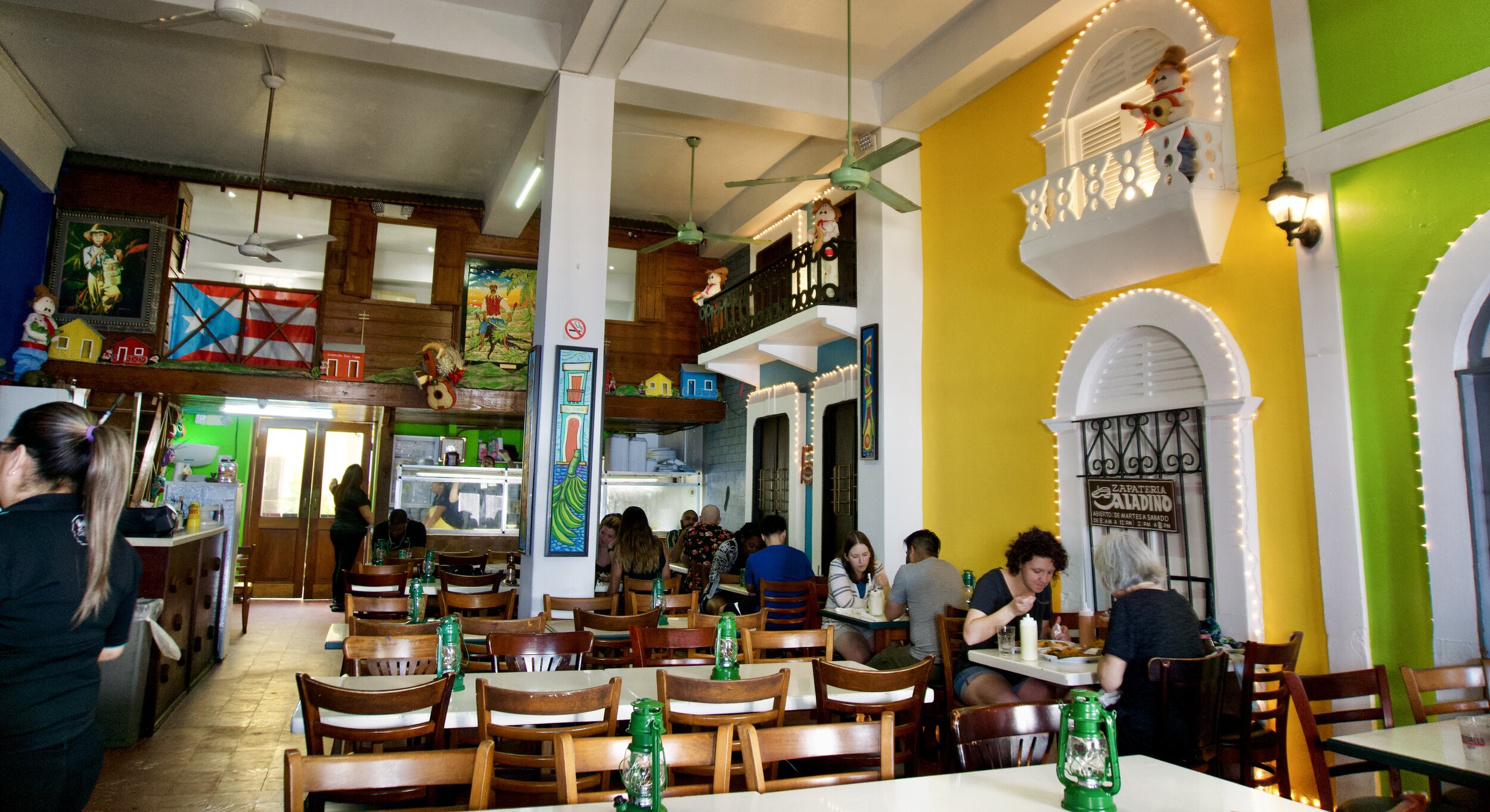
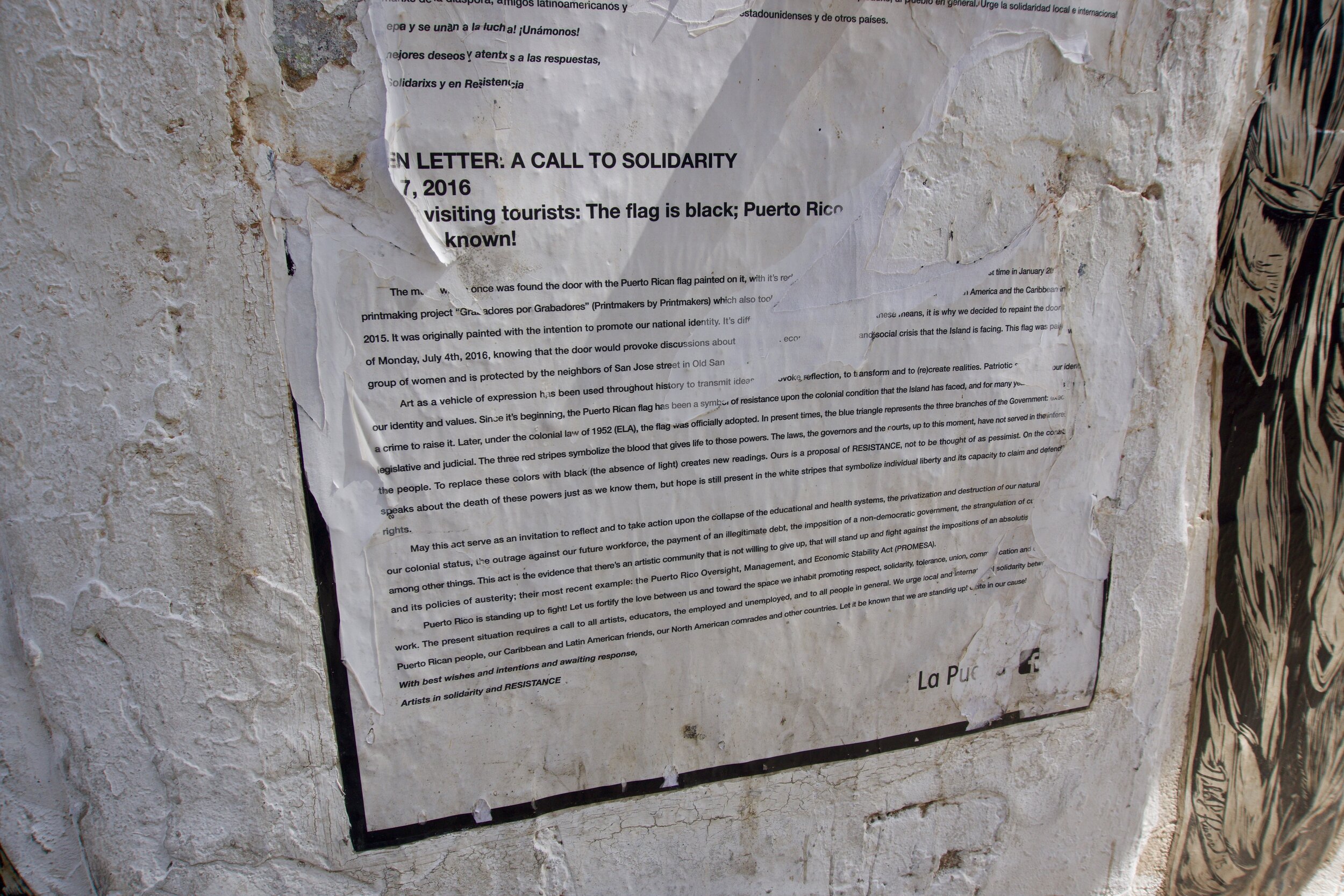
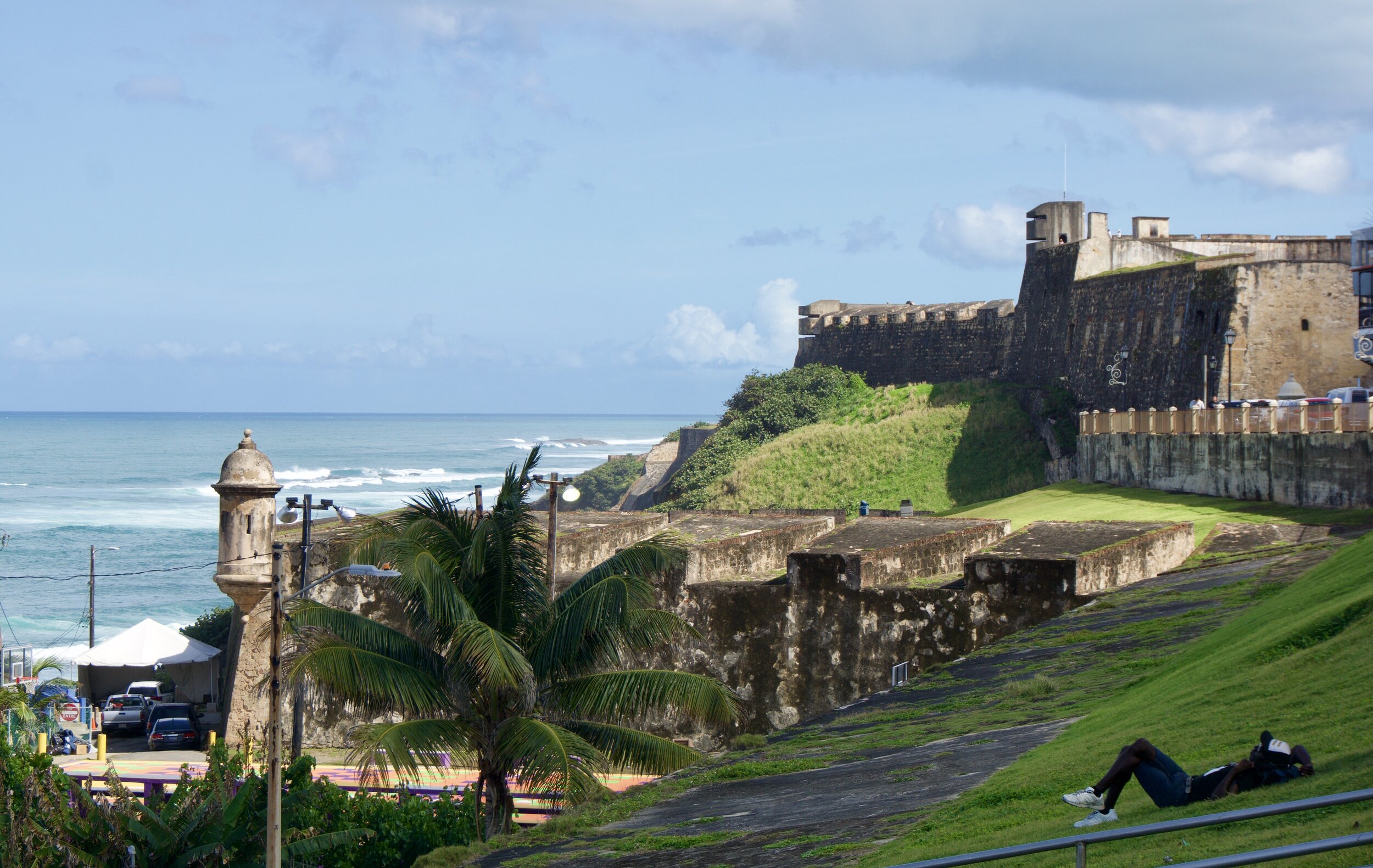
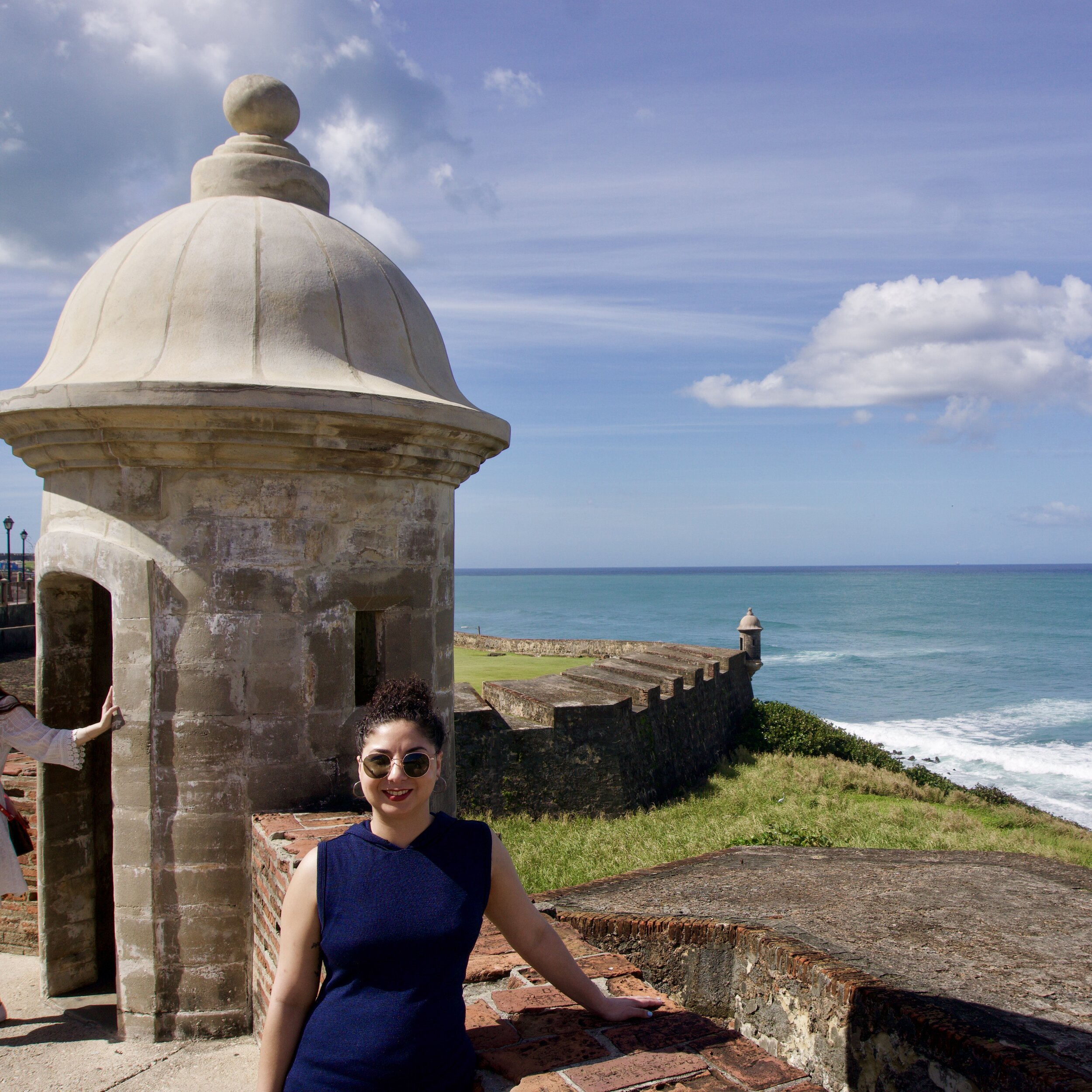
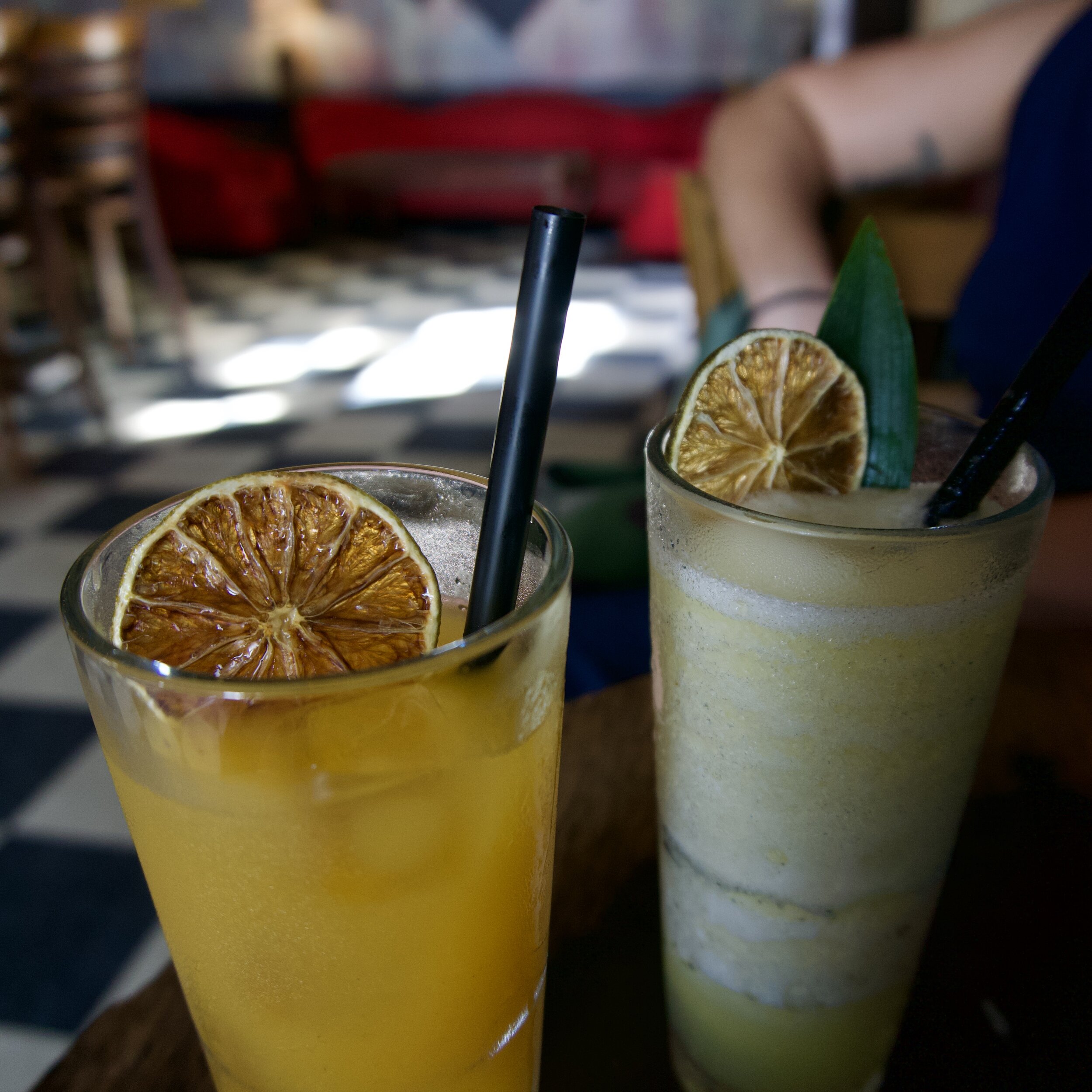
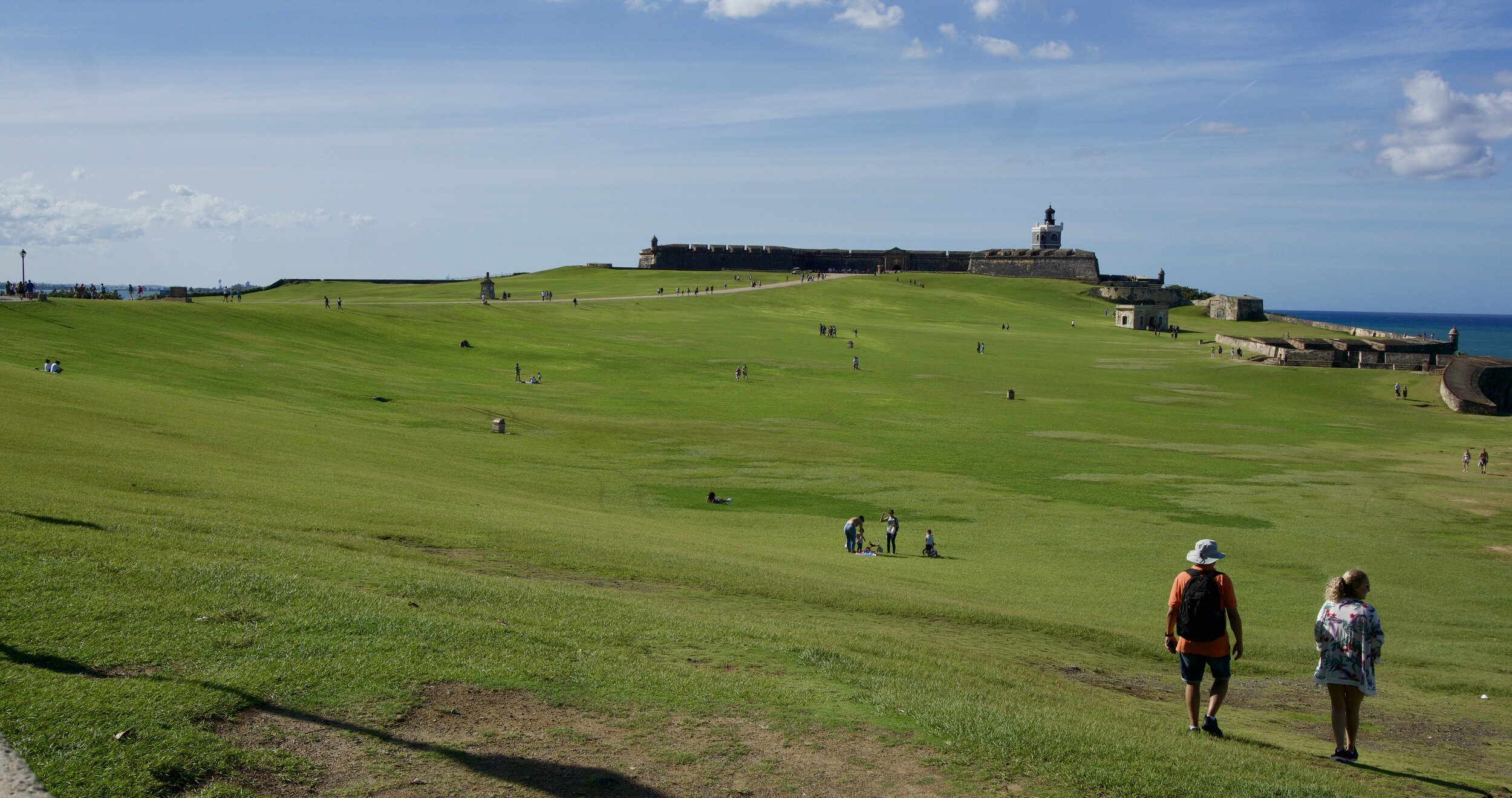
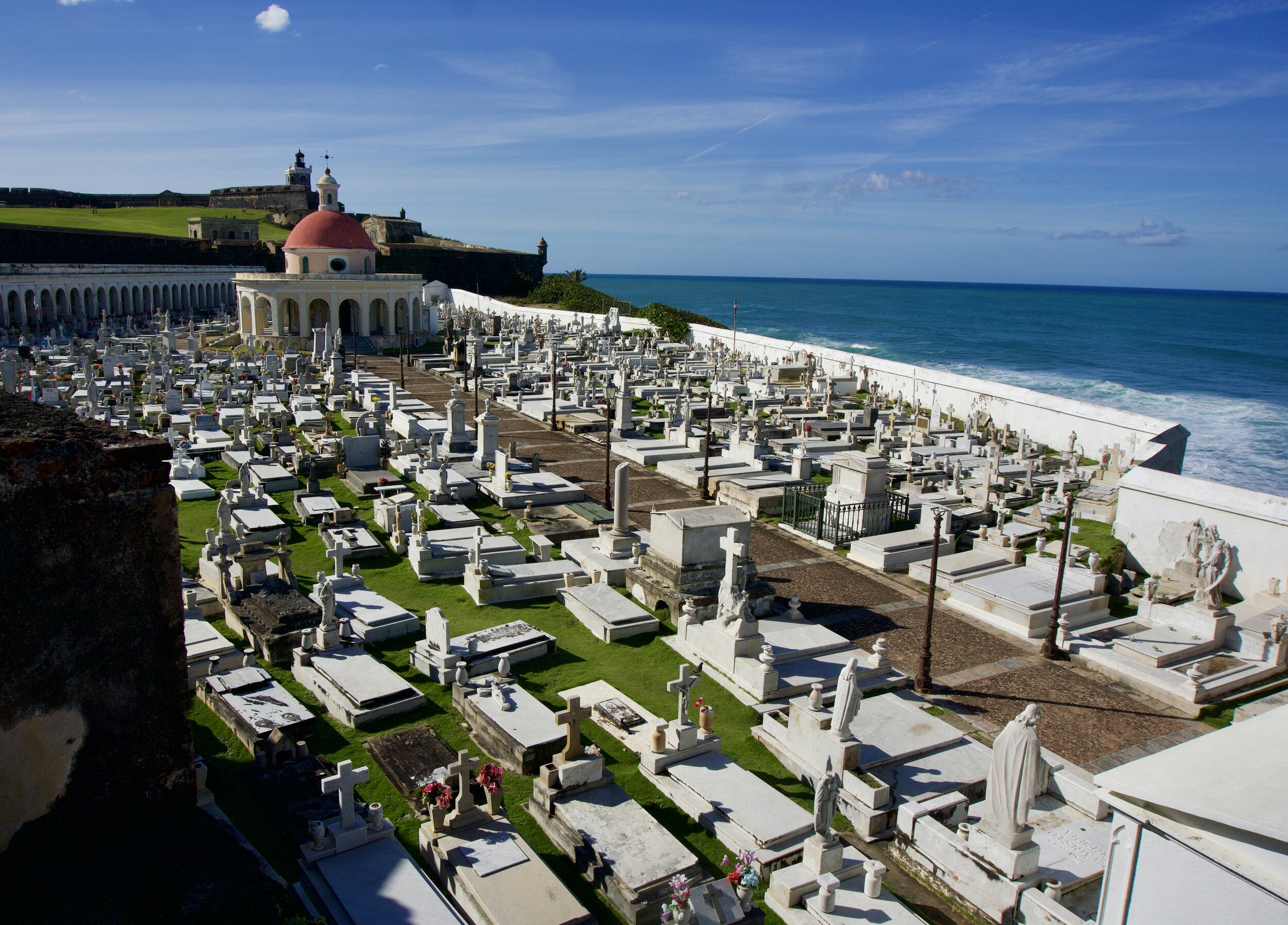

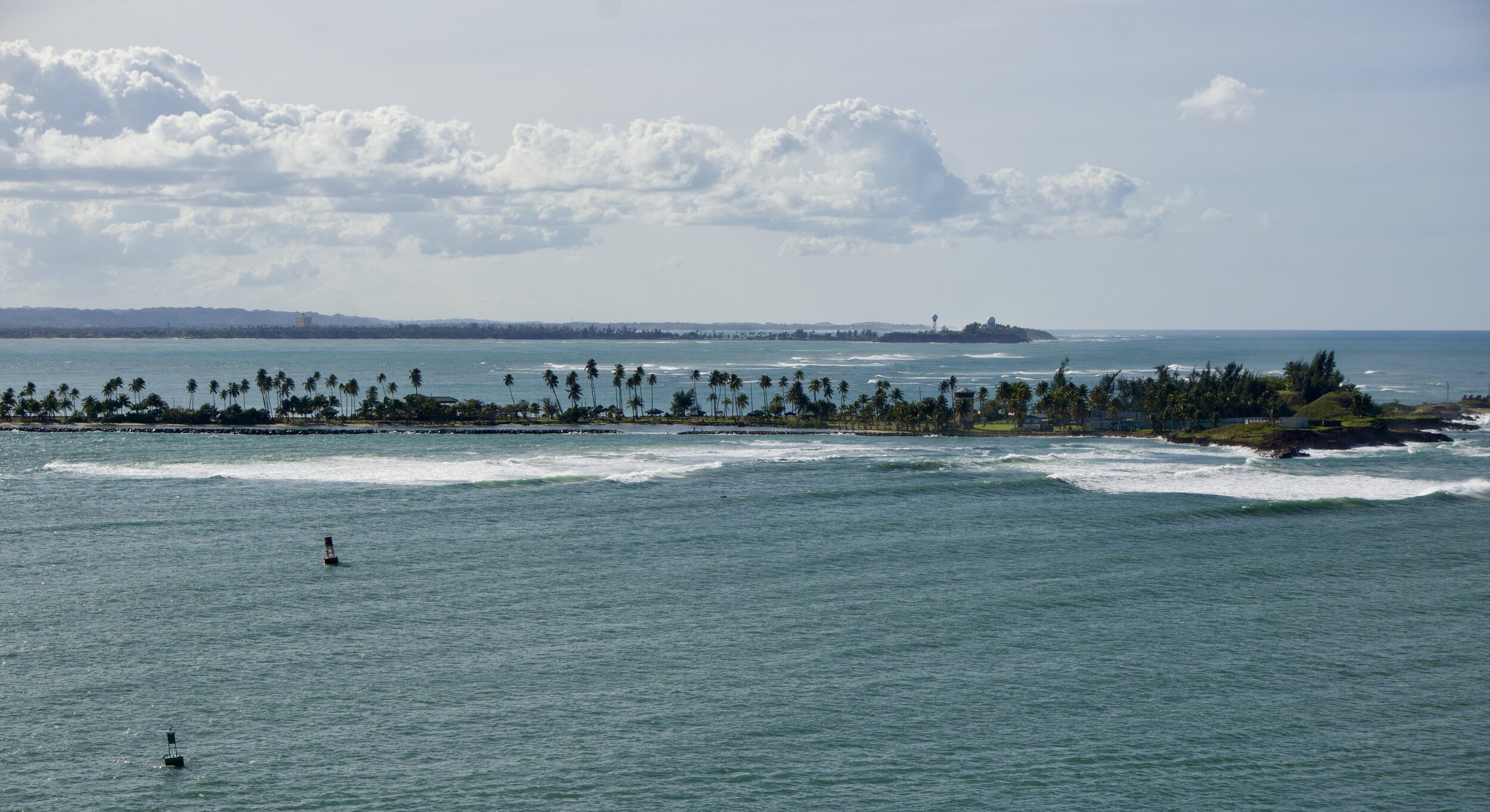
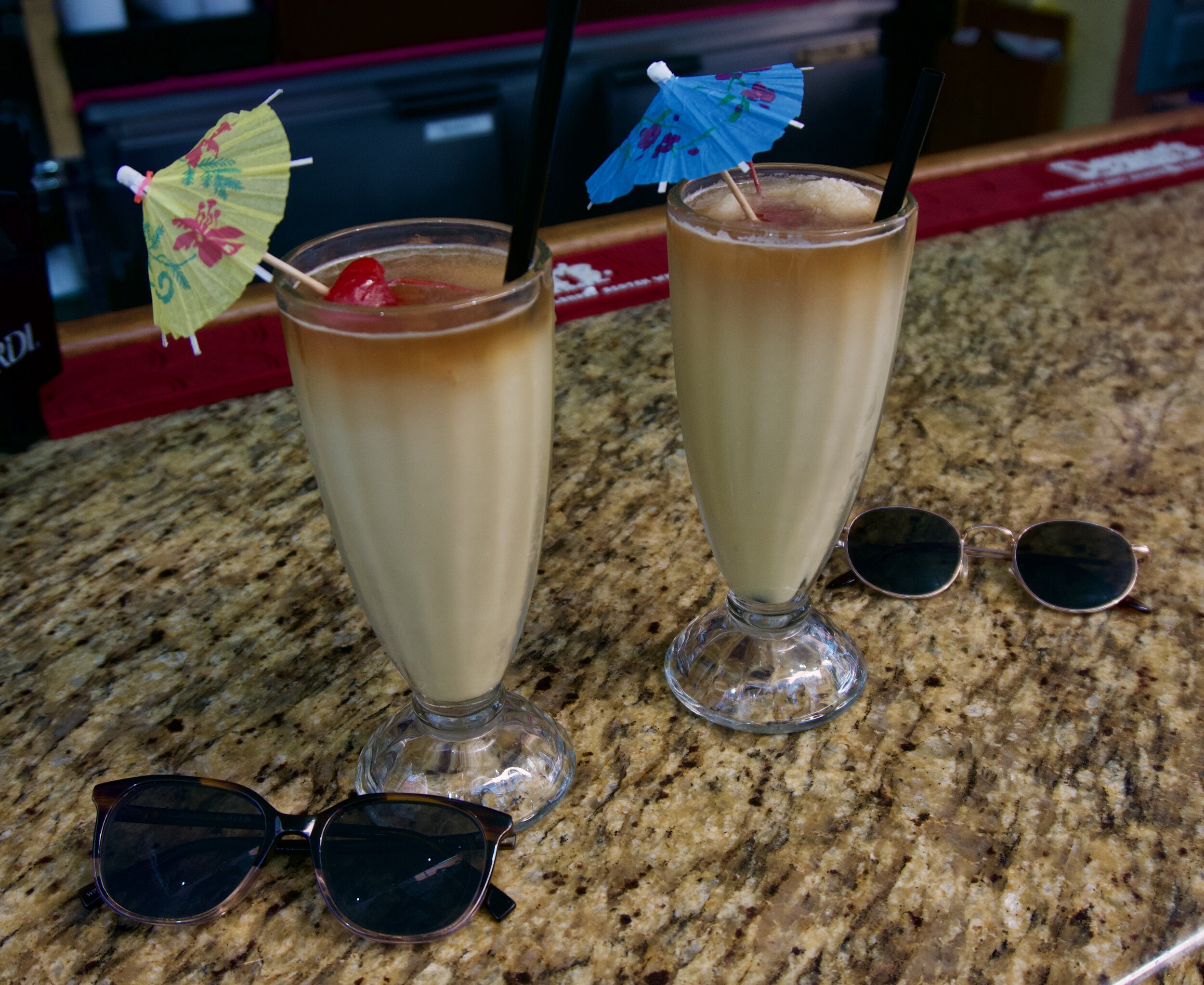


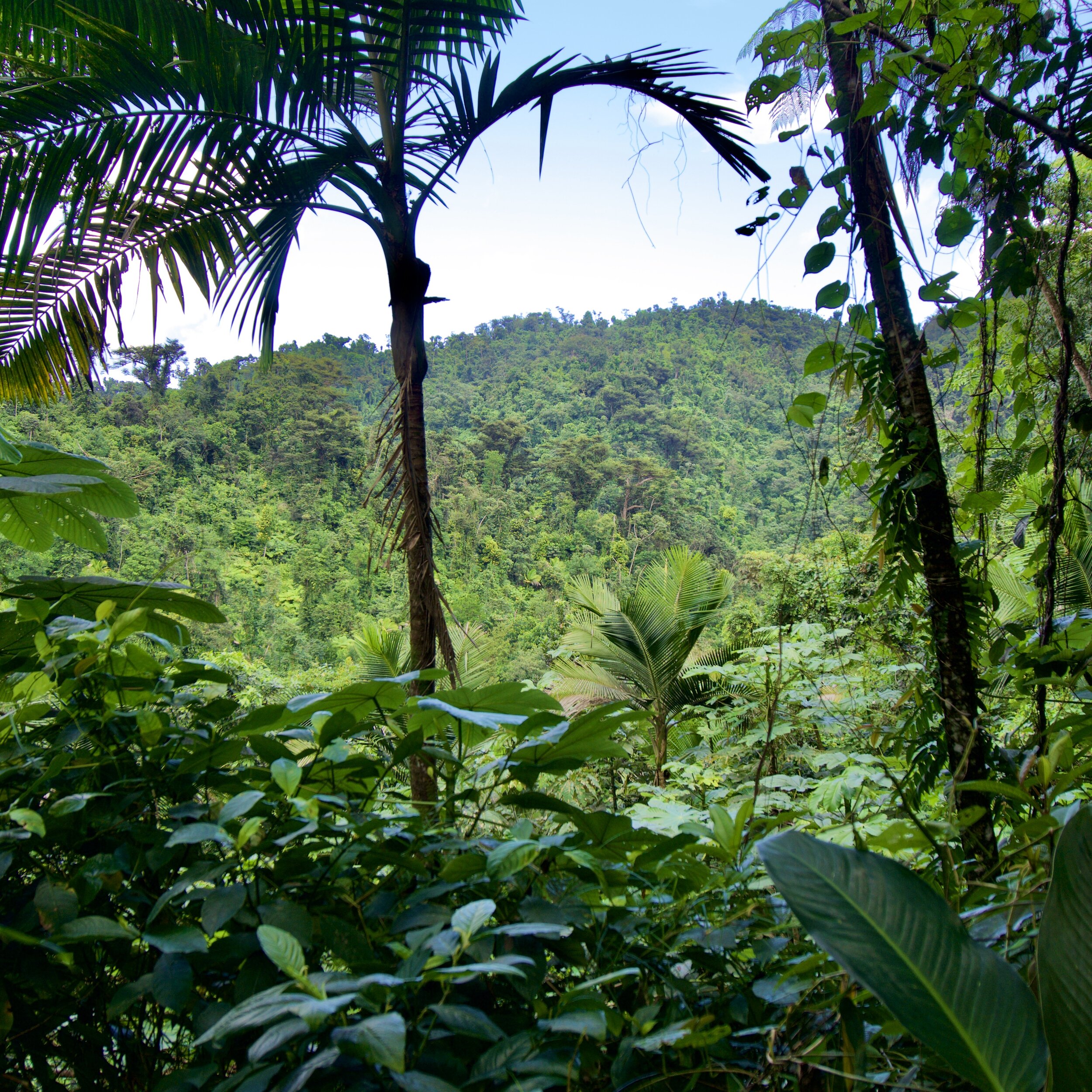
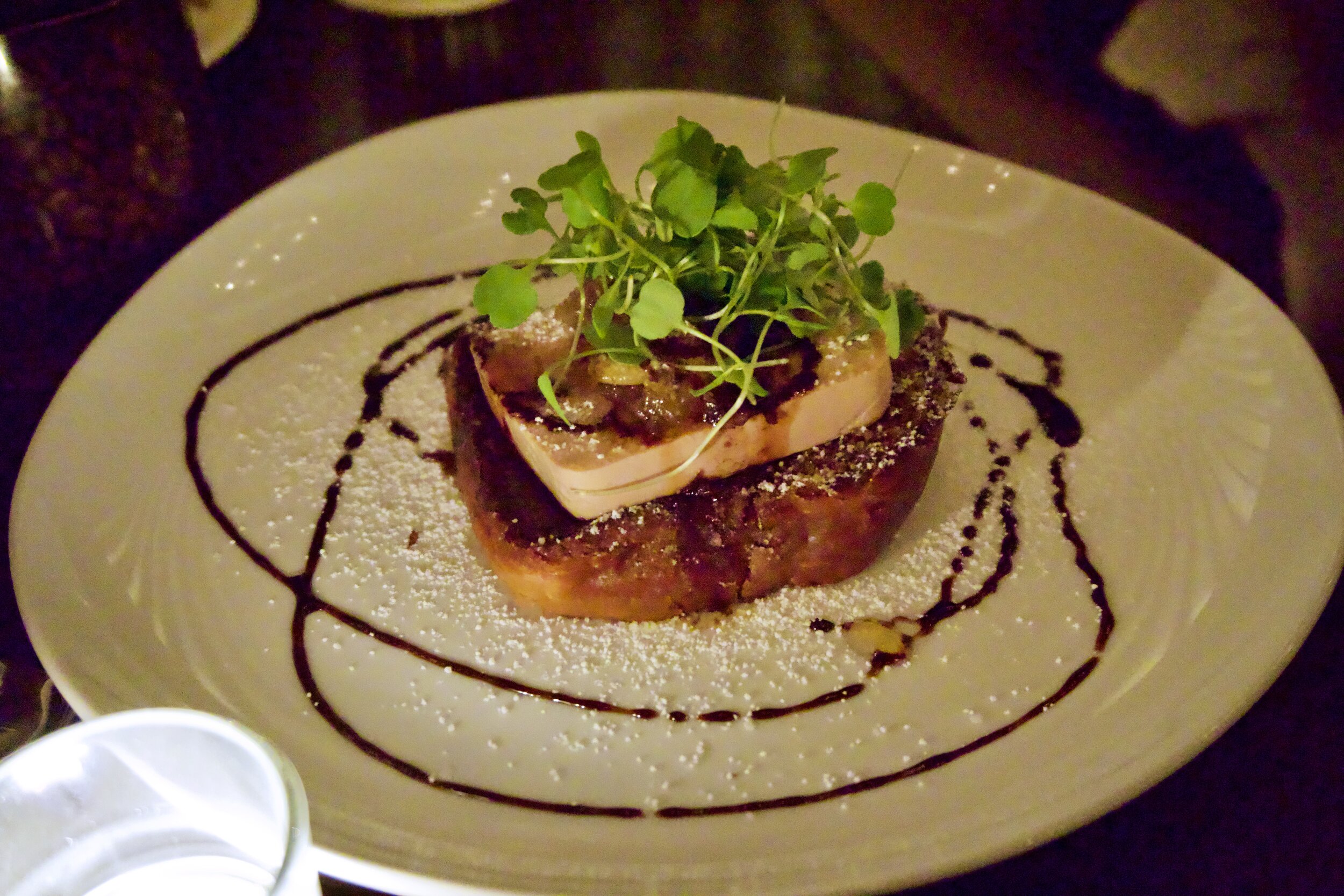
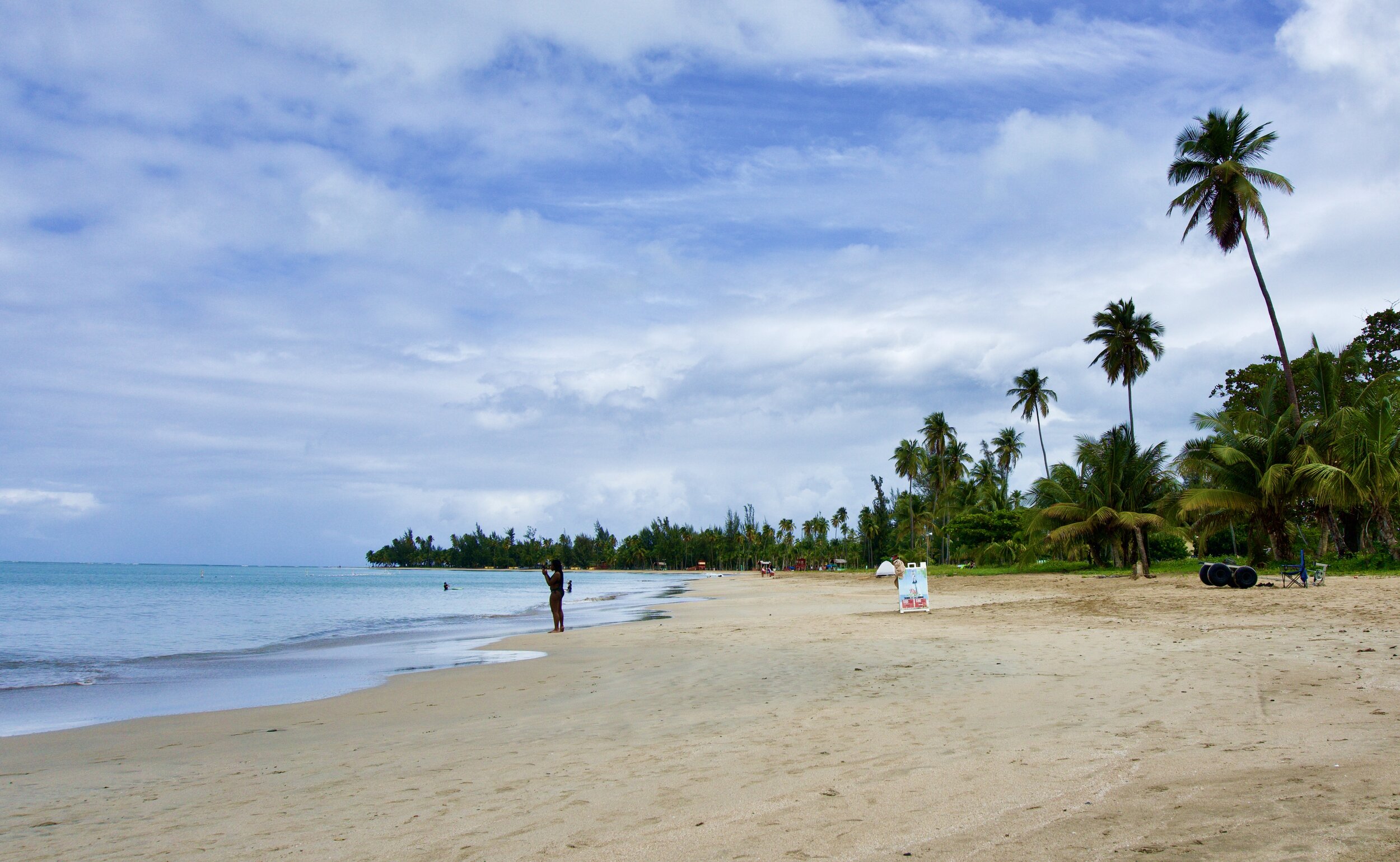
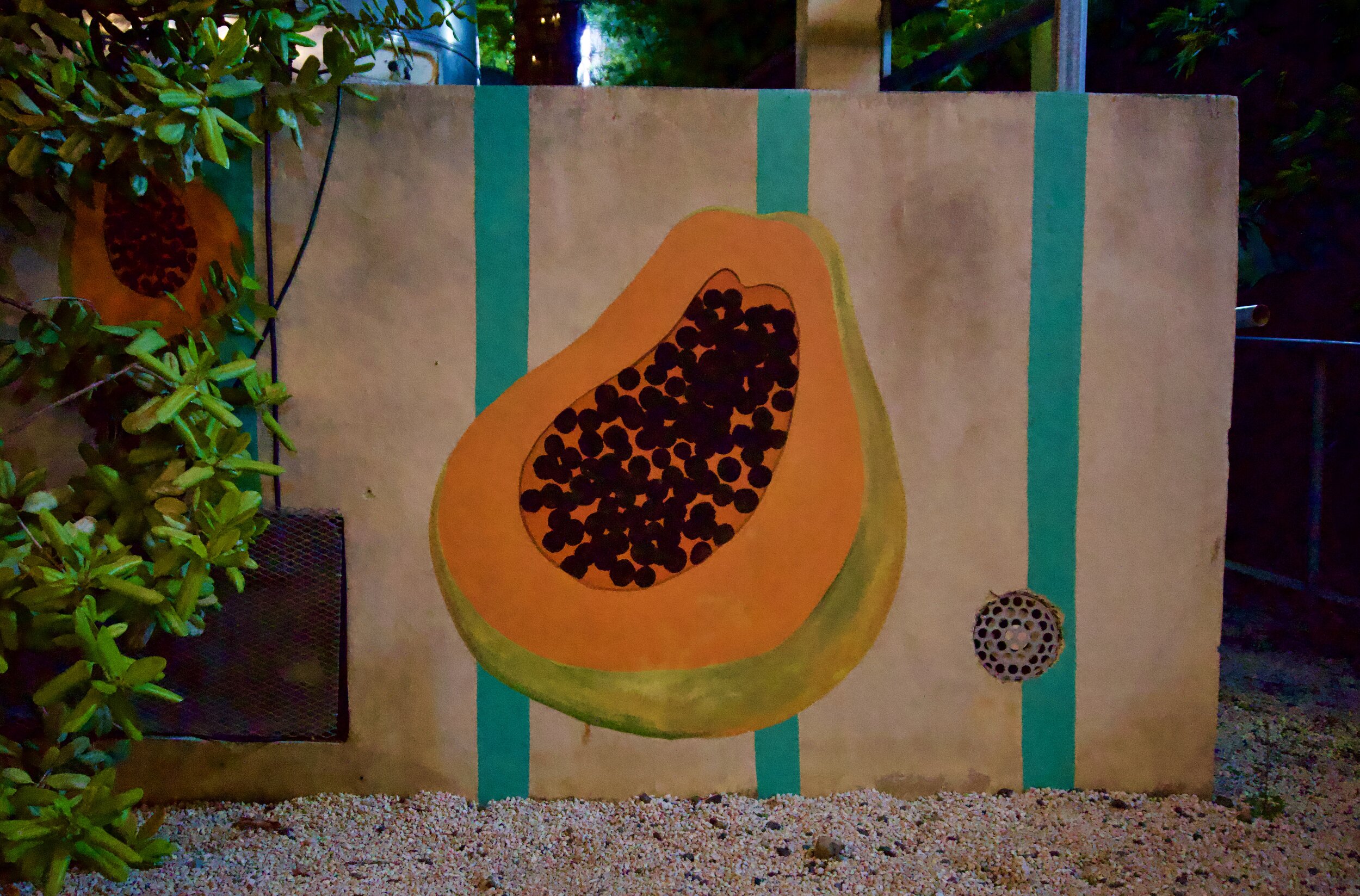
Editor’s Note: In January 2020 I returned to Puerto Rico for the first time as an adult guilt free on vacation— no family visits, no sad occasions. I spent five days being a tourist with my partner sightseeing, drinking mojito's and piña coladas, beach bumming, and soaking in the turquoise-blue ocean under the sun. For the first time I felt truly connected to the island; I felt at home, and at peace. These are select photos from that memorable trip. I look forward to it not being the last.
*all photos c/o Philippe LeSaux, the best travel and life partner.


